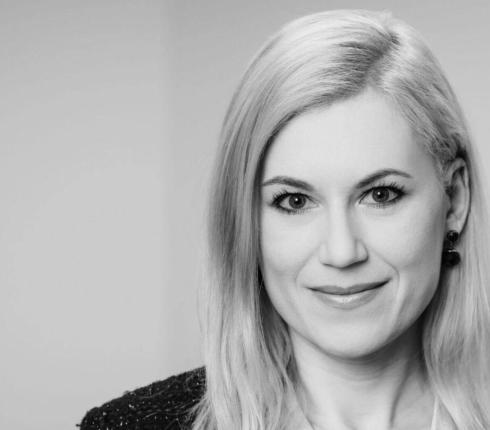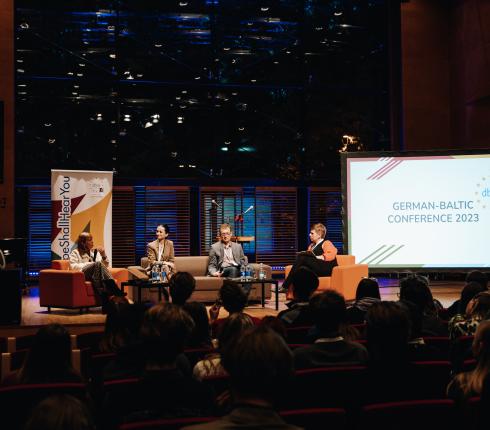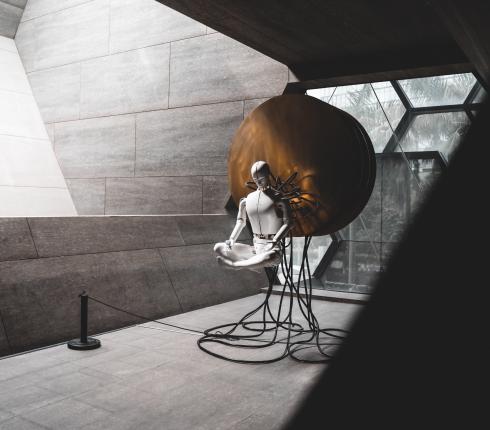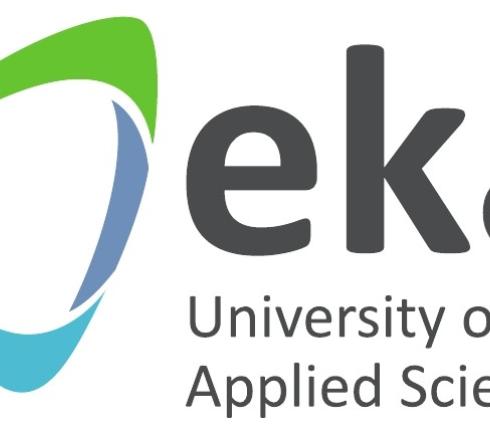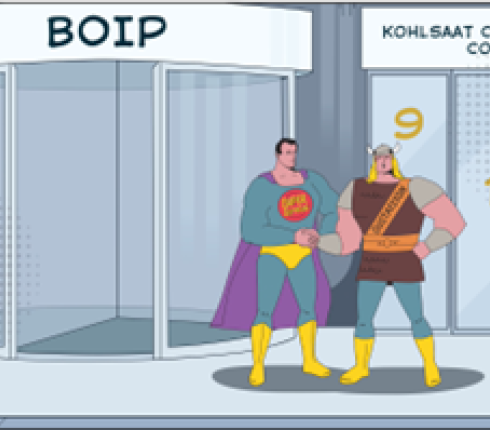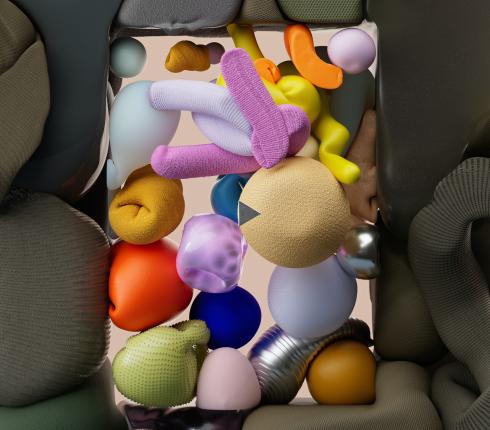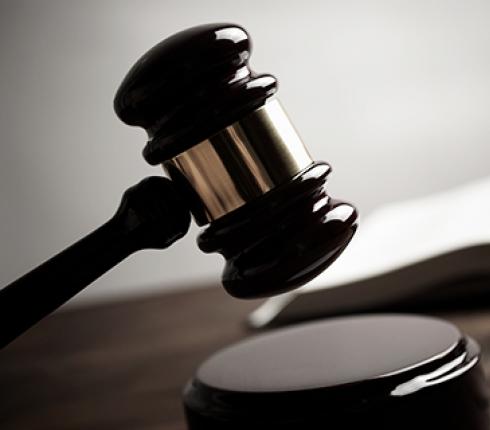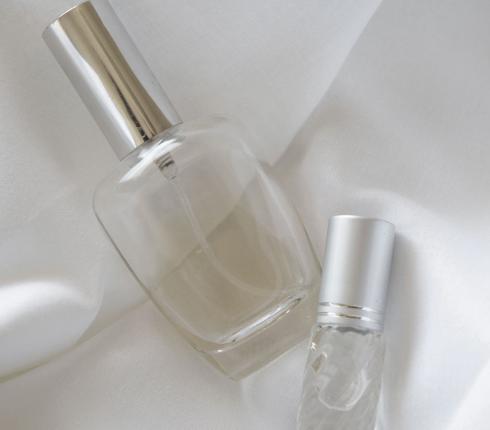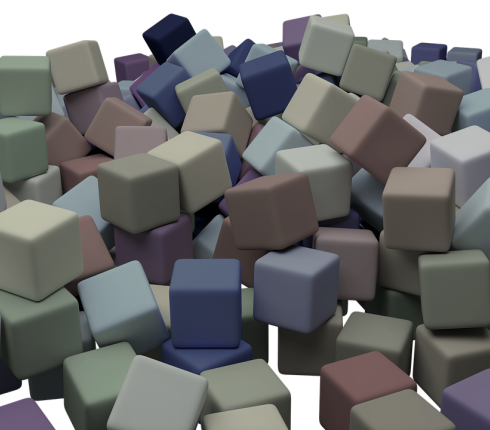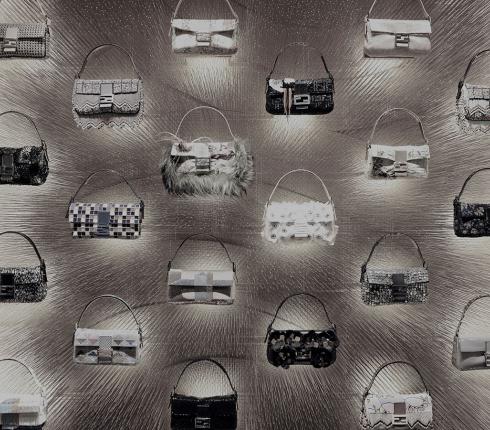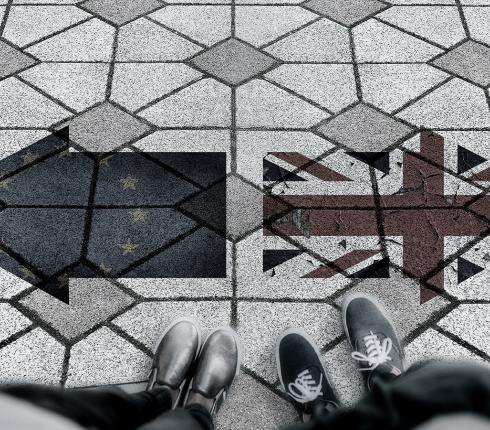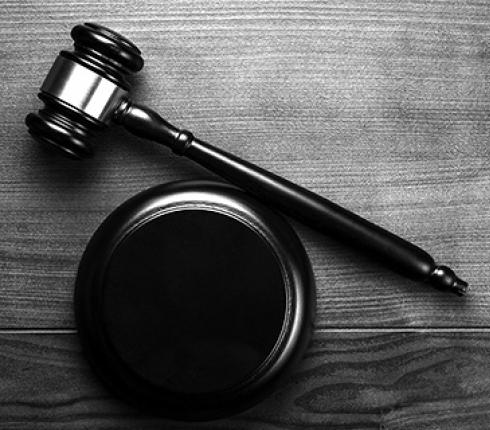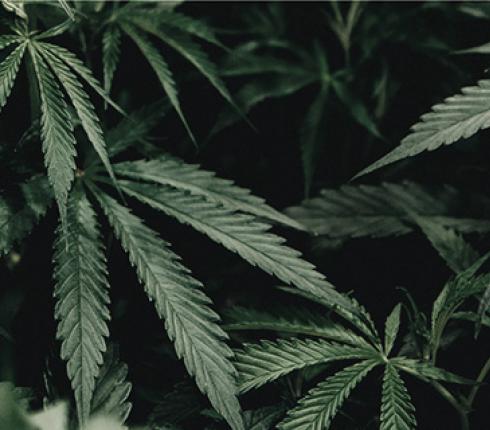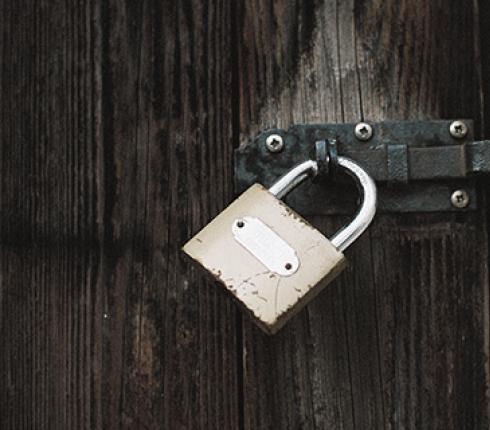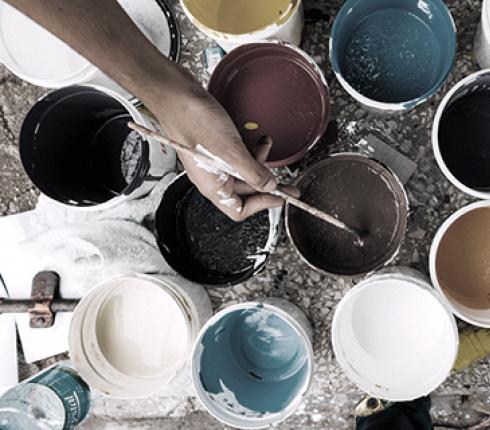NJORD Estonia: Protecting creative work under copyright
Estonia is one of the few countries where creators’ rights are protected by the constitution. According to the law, authors have an inalienable right to their creation and the state protects those rights.
Copyright applies from the moment a literary, artistic, or scientific work is created, regardless of its purpose or form. There is no need to officially register the creation for the copyright to apply. The work is created from the moment its expressed in an objective manner. The author’s creation cannot be used dissimilarly from its original form without the author’s permission. If the creation is used without the consent of the author and without paying them a royalty fee, then we are dealing with infringement of copyrights and there are numerous ways authors can protect themselves.
Copyright has a territorial nature, which basically means that works are protected under copyright laws only on a national territory. Nowadays, the principle of territoriality has broadened because copyright has become a global issue, which requires that the basic principles are accepted on an international level to ensure unified rights to both the authors and the users of their creations. It does not matter whether people are aware of applicable copyrights or that the creation has been made available online illegally. Regardless of the ignorance, there is still a chance that you will be obligated to pay compensation to the copyright owner.
Art might become available to everyone when it is sold in online stores, but that means that the author will not receive their rightful pay. This problem is becoming more common in our constantly evolving world, and the problem deepens thanks to the availability of the digital environment, which makes the author’s original creation available to millions in the matter of seconds. Estonians are also familiar with this problem. In the beginning of the year it became known that Aliexpress, a Chinese online store, has been selling illegal copies of “Kannahabe ja nõiakütt”, a painting by Edward von Lõngus that can be seen on Toomemäe hill in Tartu. The original piece from the artist is worth 2200 euros, but you can get a knock-off copy for under 20 euros.
To produce these copies a picture from Wikipedia was used, for which Wikipedia had an author’s permission. Regardless, the artist does not wish to press any charges for copyright infringement, because he considers the fact that his creation is being used to express one’s thoughts to be the highest form of flattery.
What makes the situation complicated is the fact that the painting depicts a policeman handcuffing Sammalhabe, a character from a beloved children’s book “Naksitrallid” written by Eno Raud and illustrated by Edgar Valter. The fact that von Lõngus borrowed the image of Sammalhabe for his own creation without the author’s permission or paying royalties is actually legal, because according to the Estonian Copyright Act, using another author’s work in caricatures and parodies is allowed.
In the article, that was published in Tartu Postimees, Edward von Lõngus said: “I generally favour the ideology of piracy, because you cannot own ideas. Copyright in its present form is an outdated phenomenon which is rather damaging to the development of culture.” There is a contradiction in his statement, because even though copyright can’t protect the ideas as such, it can and does protect the creation’s form of expression, meaning the way an idea or thought has been expressed.
Opinions like his have created a collective understanding that replicating someone’s work is actually a positive and right thing to do. This might lead to situations where other authors take the fact that their creations have crossed borders as a compliment and allow for their creations to be copied without asking royalty fees, forgetting that these kinds of Chinese online stores are taking part in severe copyright infringement for which they can claim damages.
We cannot forget that the author has a sole right to use their creations in any way they desire and receive profits from it, as well as the right to allow or deny others to use their creations in a similar way. This is an absolute principle according to the law, which allows the authors to earn income through exercising their rights or at least allows them to receive a satisfactory compensation. In the event of a dispute, there are a lot of issues when it comes to proving infringement and guilt, but the justice system must keep up with the ever-changing world and ensure that the authors’ rights are protected.
World Intellectual Property Organization (WIPO) has said that applying measures for the protection of intellectual property is necessary to stop the infringement from happening or continuing in the market situation, as well as to stop any moral and financial damage from happening, and if it has already happened, ensuring that it’s properly compensated. If an author finds that their rights have been infringed, the first thing to do would be to send a letter of claim to the offender asking them to stop the infringement immediately and to compensate for the damages caused. If that will not help, the next step would be to file a claim with the court.


